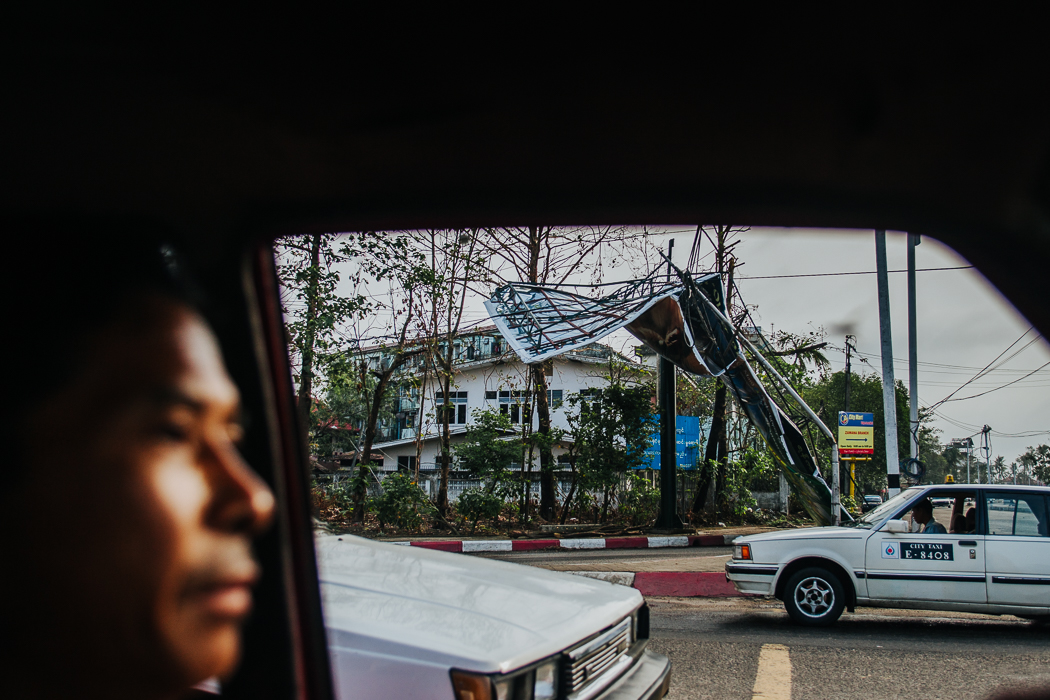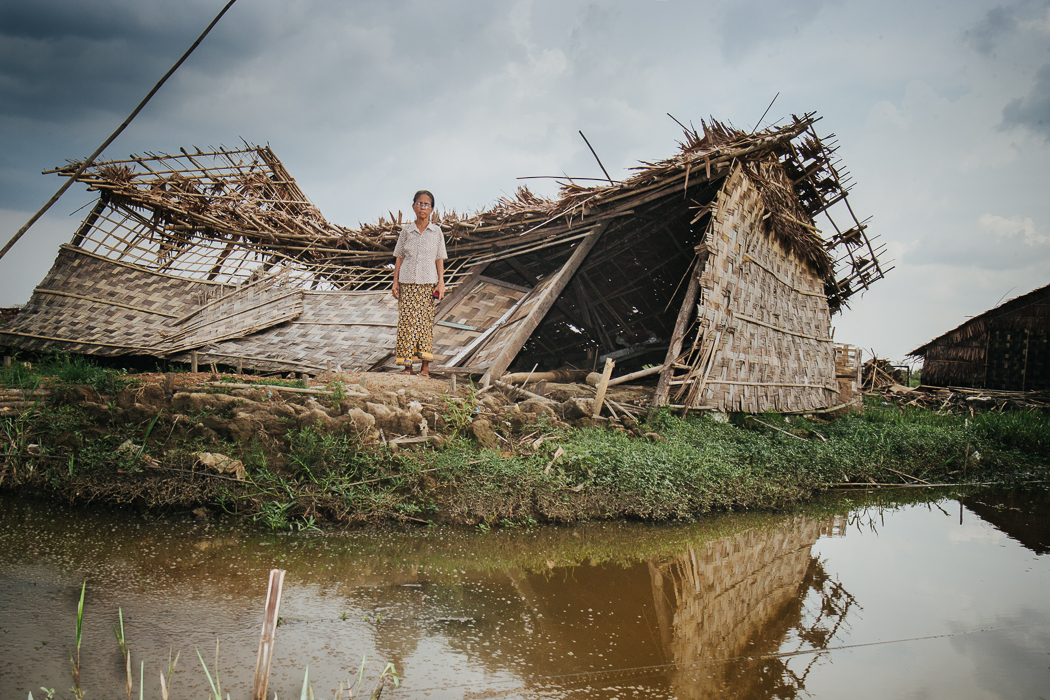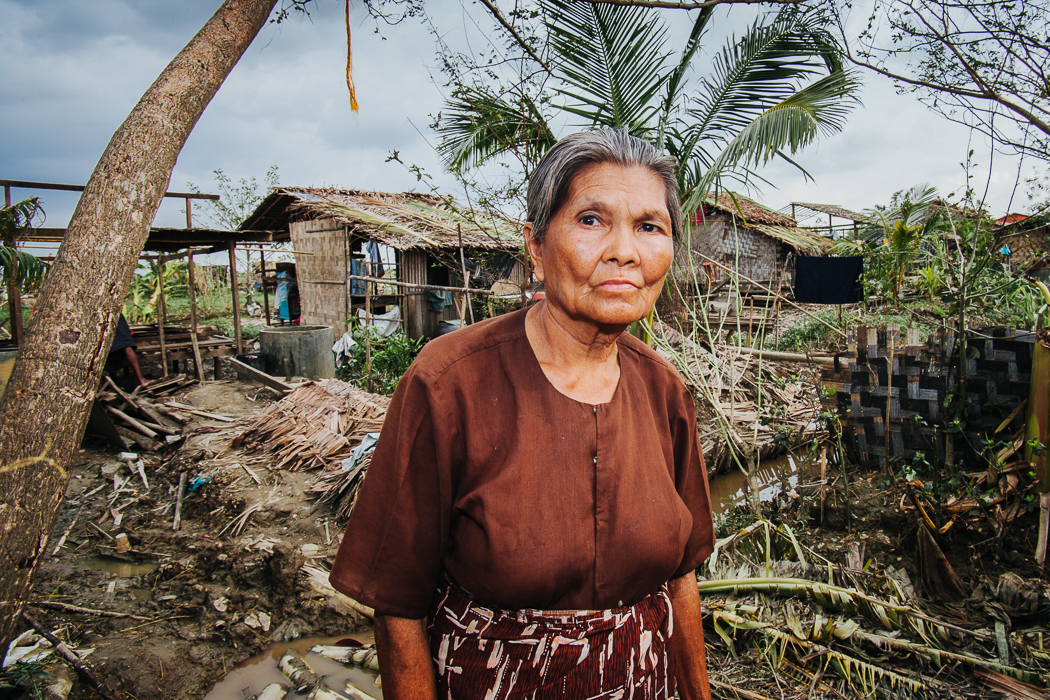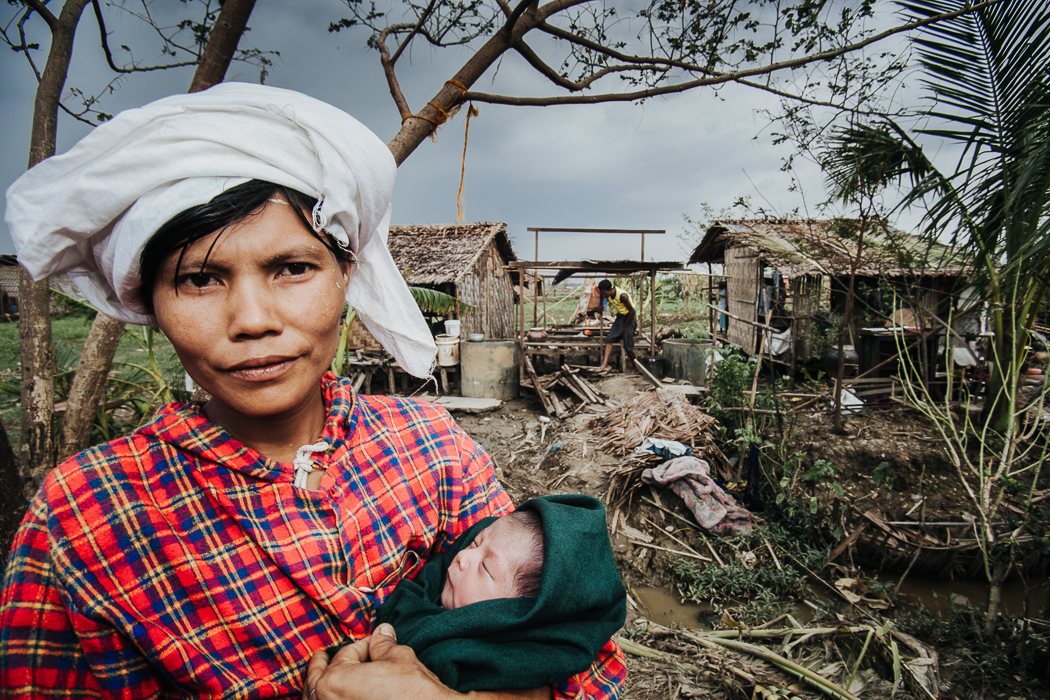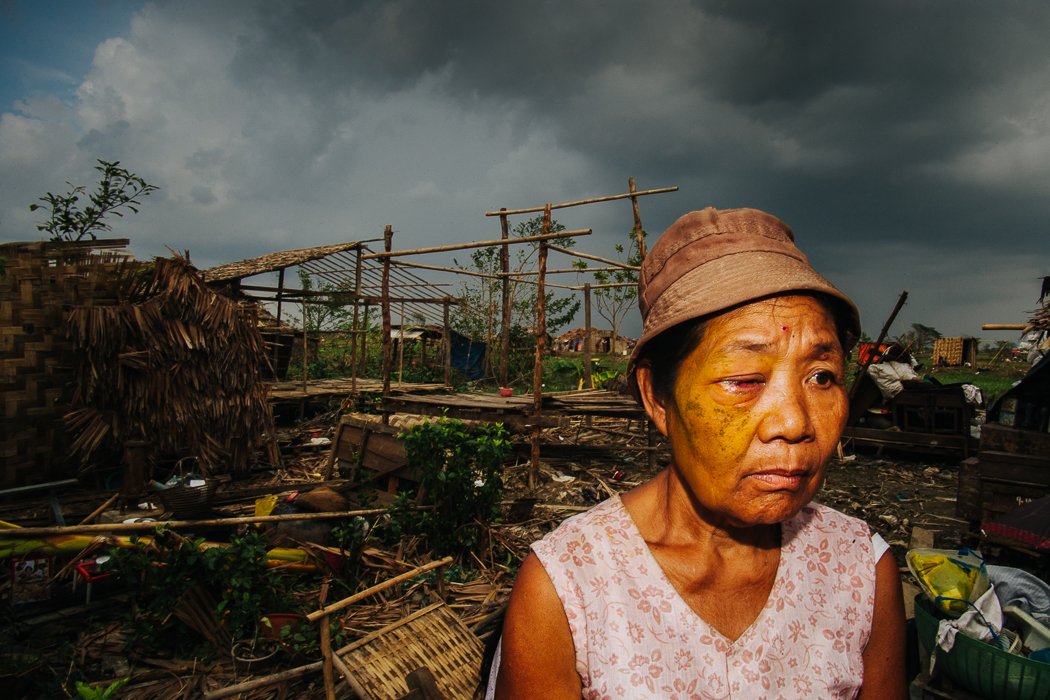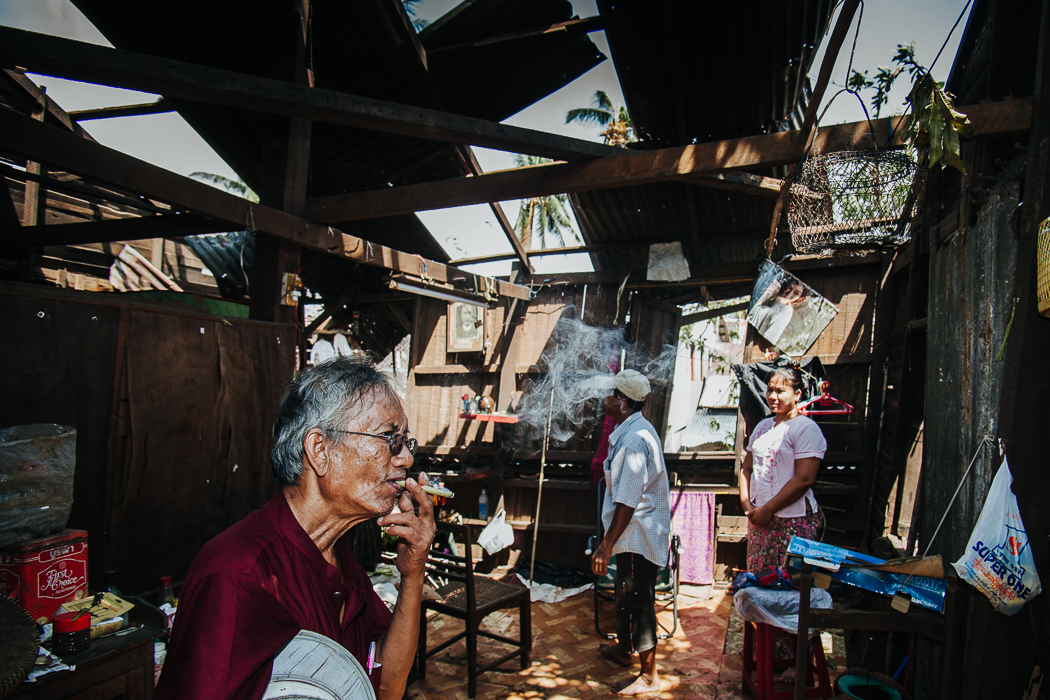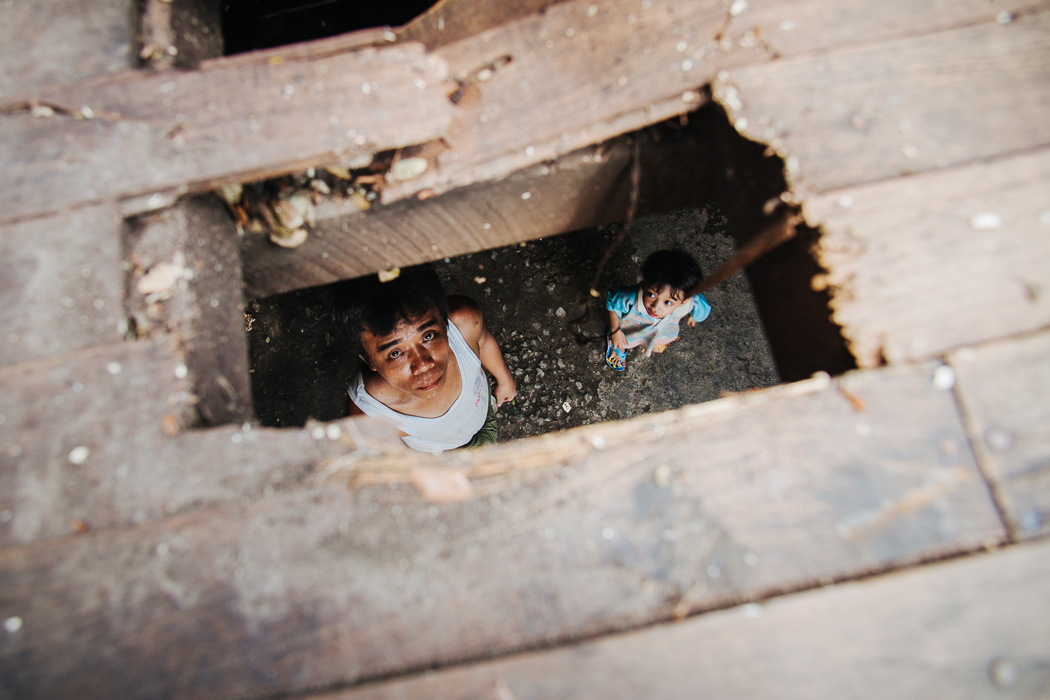Cyclone Nargis – 10 years on
10 years ago today I was in Myanmar. Experiencing the famous sunrise over the temples in Bagan, everything seemed so calm and peaceful. Also 10 years ago today one of the deadliest cyclones hit the South of Myanmar. This is a story I’ve told many times although I still have troubles getting to grips with the sheer numbers involved.
My first knowledge of the cyclone was after I heard that a storm had hit the capital, Yangon, and knocked out the internet connections. This didn’t seem like a big deal to me. Losing internet and electric connections were common in these parts, I thought little of it. The following day I went to the little internet cafe I used to visit regularly to talk to my family. The friendly man at the desk told me the storm had been really bad and left the whole country without connection and that it could take some time to get things back to normal. Listening to The BBC world service I heard the government regrettably inform the world that 12 people had died in the cyclone. 12 people dead? My heart went out to those poor souls and their families.
Days later and still no internet the numbers had started to increase 240 dead, then soon after 350. The next day it jumped to thousands, possibly up to 15,000. It seemed surreal. So many deaths. All the time the ruling junta held very tight control on things. Not allowing aid works in, not allowing journalists in. There were literally planes full of food, blankets and tents sitting on the runway in Yangon just a couple of hundred miles away from people who were dying for lack of these basic things. It was a depressing time.
I knew my family would be worried. Every day the death toll rising, as newspaper fought over who can print the most graphic image of a body floating in a river. There was literally nothing I could do to contact them. No telephone lines, no internet I had to just wait this one out. The truth is back home my family were distraught. My sister recording interviews with The BBC, Sky News and radio stations begging for information. There was little more they could do either except watch the death toll increase every day. A number which seems to have settled at an eye-watering 138,000 deaths.
I felt relief after 7 days of trying as I managed to have an internet connection for long enough to write a quick email to my family. I also read a few news headlines. This, I suppose, is when it really hit me. I returned to Yangon, where I contemplated my next move. Knowing that journalists were not being allowed into the country I found myself in an interesting position. On the one hand, it meant I had an amazing opportunity. On the other hand, it meant I wasn’t really very welcome by the ruling junta. The population was already on high alert due to upcoming elections in this politically unstable country. The government were not known for their softly softly approach to anything. Was I still in danger? My mind switched between heading south to see if I could help, and getting out of the country as soon as I could. Before I could make up my mind my grandmother bought me a flight back to the UK. I guess the decision was made for me.
Before my flight I was able to meet and photograph a few locals who had caught up in the damage, fortunately, none of them with serious injuries. I have not returned to Myanmar since then, although I’m sure I will in the future as it is a truly fascinating country with very generous people.
Today in Myanmar, while things have changed, they still face there fair share of problems that are not understood by much of the international community.
